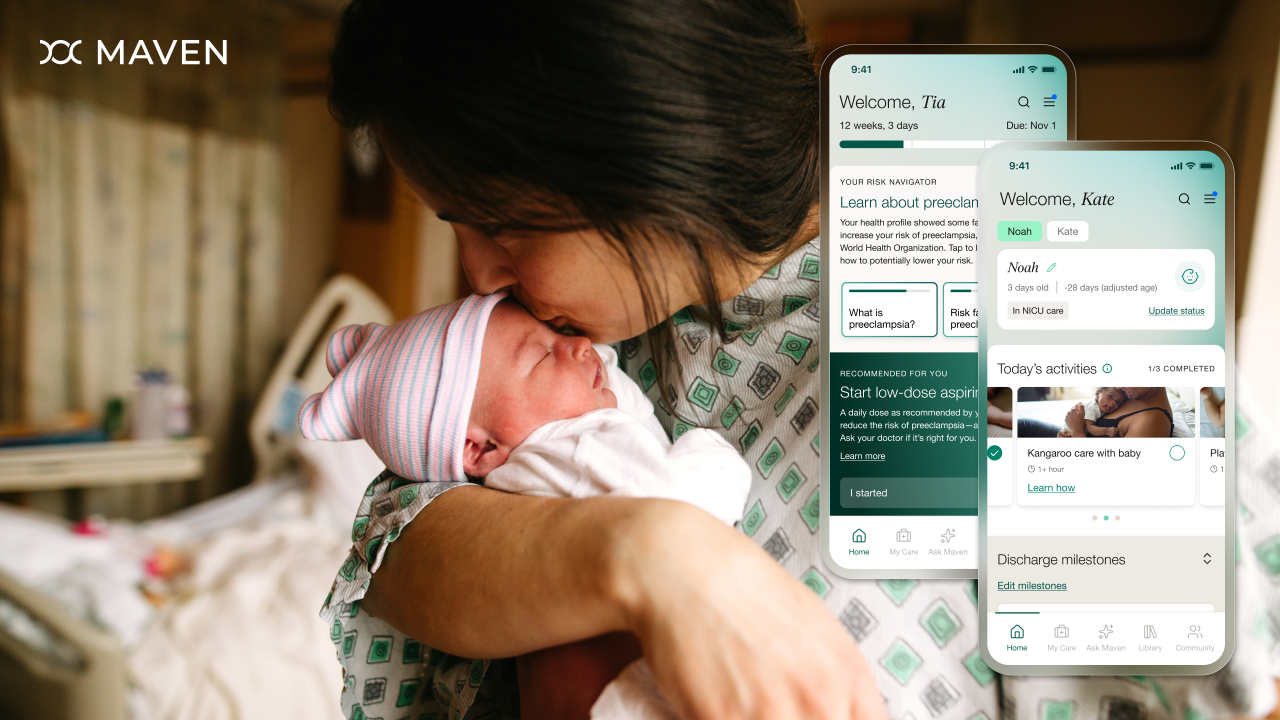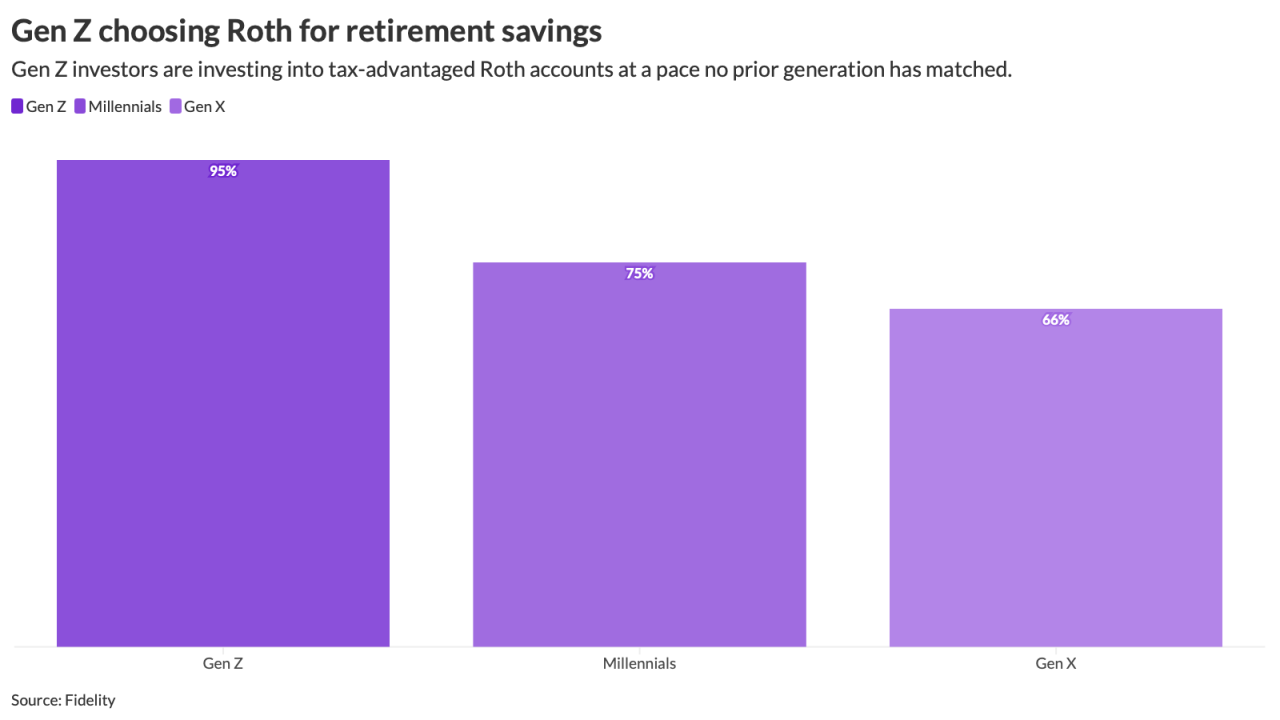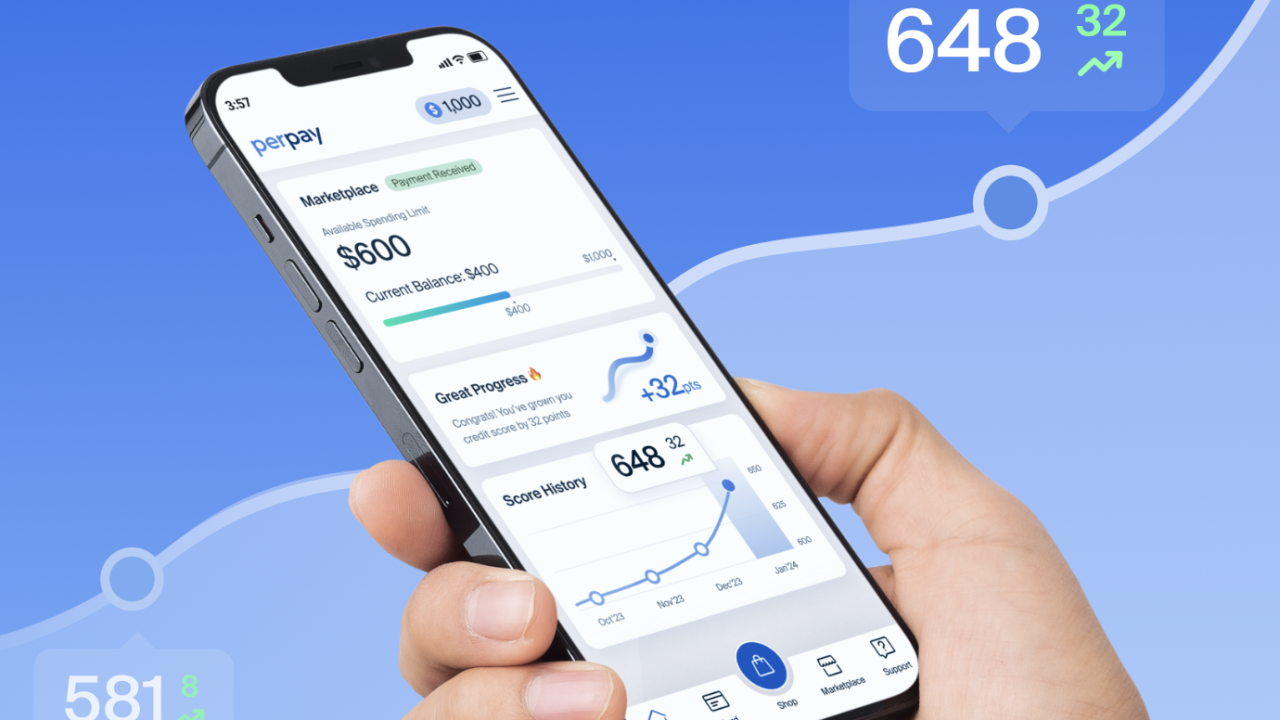It might sound foreign to anyone under the age of 30, but much of the benefits industry is still mired in a pre-smart phone age.
That’s according to some advisers who argue that too much of the industry is too paper-driven, and are encouraging employers and carriers to embrace technology as a result.
“When I meet with employers, I hold up my cell phone and I tell them — depending on how bold I want to be — ‘if you’re not using this, you’re already behind,’” says Chris Wolpert, founder of consulting firm Group Benefit Solutions. “People can do their banking over the phone, but [at most employers], you can’t access your benefits over the phone.”
Employers need to “catch up with the rest of the world,” he says. This old way of thinking even seeps into the mundane tasks, he notes. “So many companies still print out benefits summaries on paper forms that most people won’t read anyway.”
He and others say that day is coming when the entire process will be app-based. Although new technologies are increasingly making its way into the benefits industry, many employers and carriers are slow to embrace it.

But why is that? There was some talk of HR professionals being worried that it could create extra work for them. But the main culprit is the age-old insurance industry, advisers say. Insurance carriers, a crucial part of the chain of employee data, have archaic systems, argues Ed Ligondé, vice president of employee benefits and technology at Nielsen Benefits Group and
Indeed, two younger companies can often integrate their systems with minimal pain, he says, but marrying the systems between and old-line insurer and a newer firm can be like “trying to connect a piece of paper to an electric outlet.”
Aside from the insurance carrier challenge, simple convenience and transparency are the main trends pushing the move toward more technology. In addition to offering employees all their pertinent data with one easy access point, a major improvement in employees’ lives could come from adding more information about the doctors in their health plan, as one example, Wolpert says.
He suggests that more metrics could be added based on quality, so employees could more easily search for their best healthcare options so their decisions wouldn’t simply be based on the strength of the network, Wolpert says. “It’s just one example of how the Internet has us all connected.”
Another benefit of a shift to digital could include employees getting a message delivered to their phones about a doctor visit they are entitled to, Ligondé says. To be sure,
“One of the biggest gripes of employees is that they don’t know how or where to access a lot of their information,” he says.






